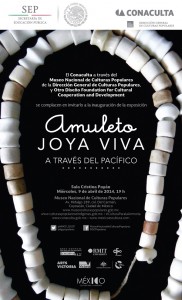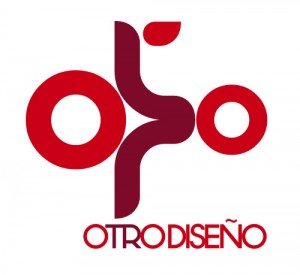The social turn in contemporary art, craft and design
By Dr Kevin Murray, Adjunct Professor, international curator and co-author of Place and Adornment: A History of Australasian Contemporary Jewellery.
16 – 23 January 2017, RMIT School of Art Summer School
This course is created for designer-makers, artists, jewellers, ceramicists, writers, graphic designers and those whose practice involves crystallising communities.
It delivers theoretical frameworks, understanding of the social practice field, modes of ethical engagement and pathways for professional practice.
New trends in contemporary art, craft and design are focused around the social object as a way of connecting people together. Relational aesthetics is evolving towards more focused means of collaboration. New participatory pathways are emerging in contemporary craft practices. Product and communication design increasingly invests the object in story and shared meaning.
This summer school investigates the creation of social objects. It will include key theoretical perspectives that help us understand how objects work. How do objects help constitute a community? How do gifts create relationships? Why do we become emotionally attached to objects? How do objects tell stories?
Examples will be shared from both traditional and contemporary practice. We will consider customary objects, including amulet, love tokens, mementos, medals, thank yous and promise objects. These will be complemented with new examples, including platform art, social practice and ethical design. You will leave this course with a prototype social object ready to be implemented.
As a student in the 2017 course, you can also participate in the Tirgan Project, a cross-cultural collaboration towards social inclusivity with the Mahe Mehr Institute of Art, Tehran. For more information, go to http://bit.ly/SocialObjectCourse


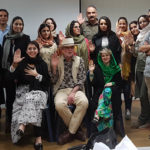

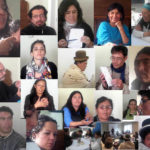
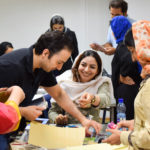
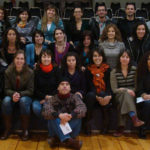
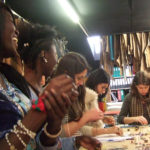
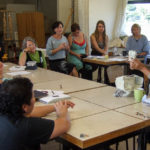
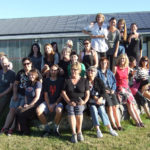
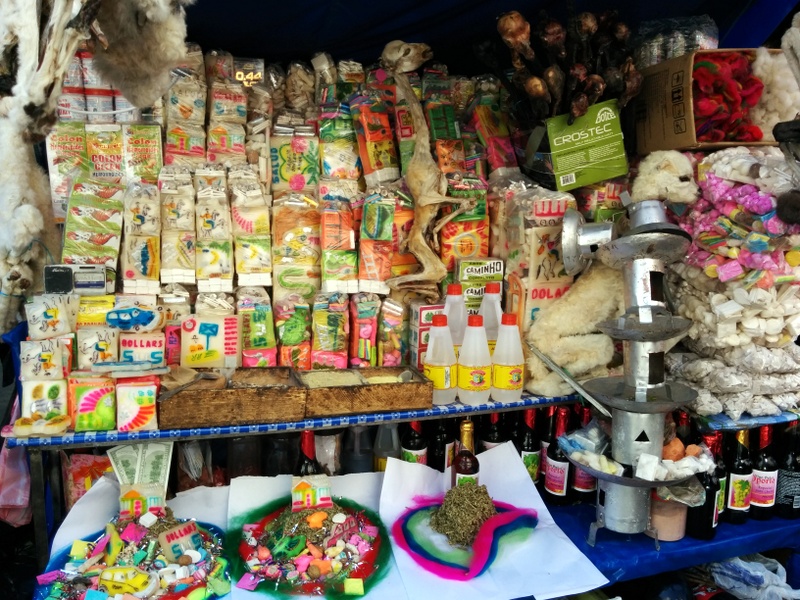
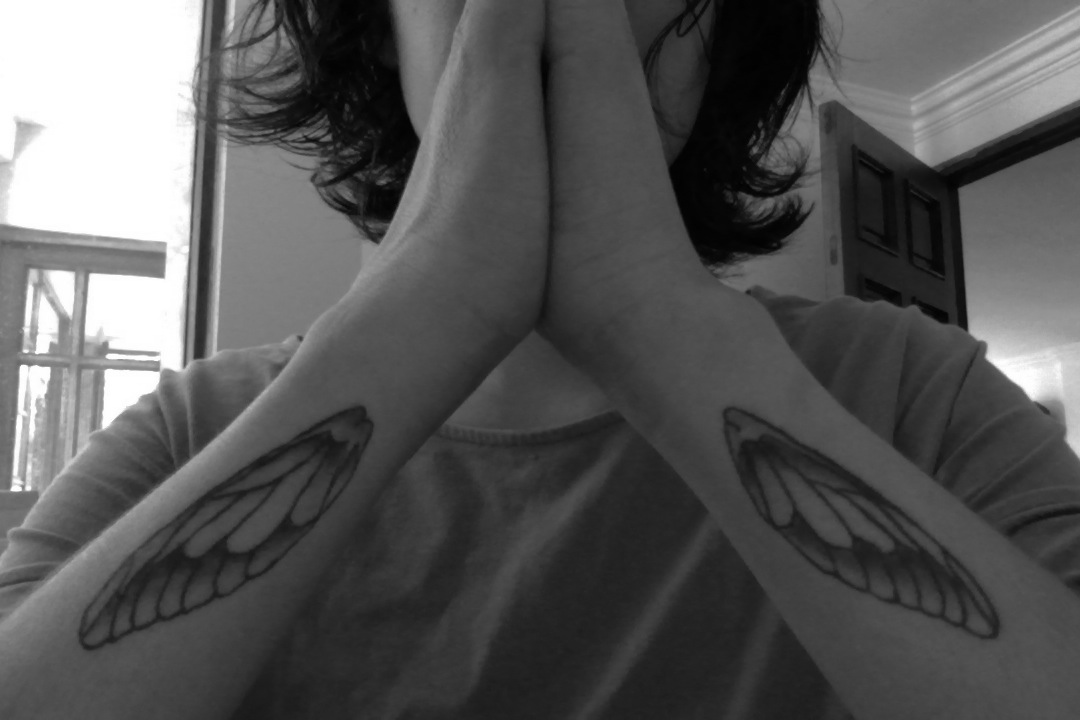
 Joyaviva pays respects to El Ekeko – Joyaviva rinde homenaje a El Ekeko (29 julio).
Joyaviva pays respects to El Ekeko – Joyaviva rinde homenaje a El Ekeko (29 julio).